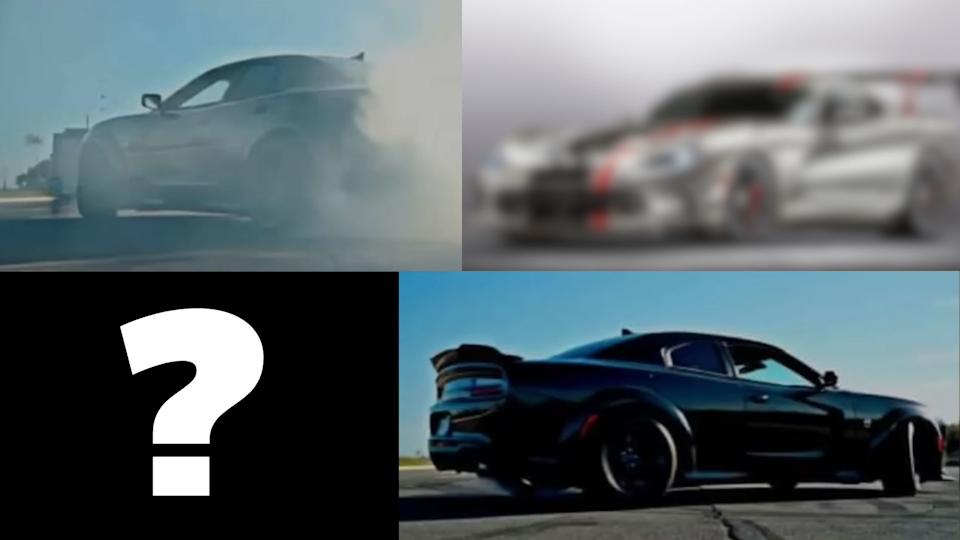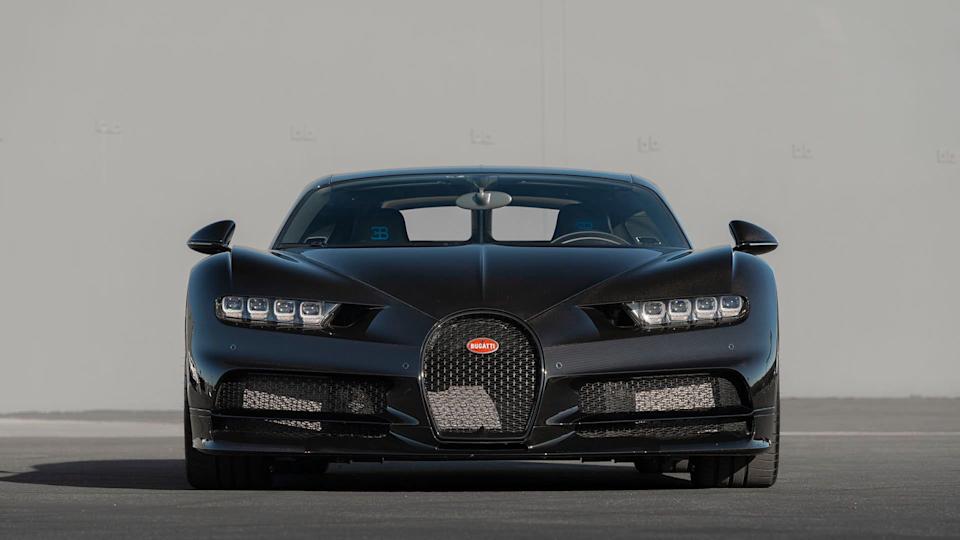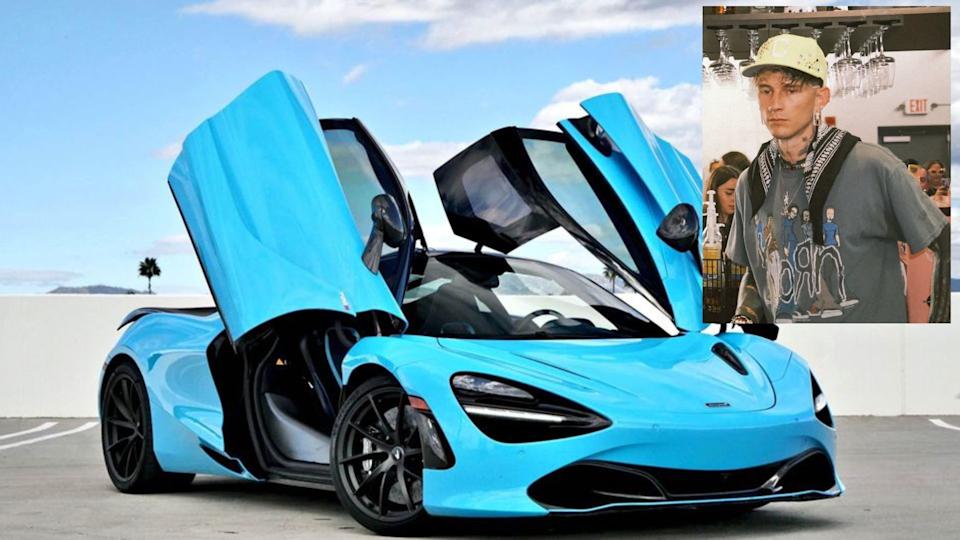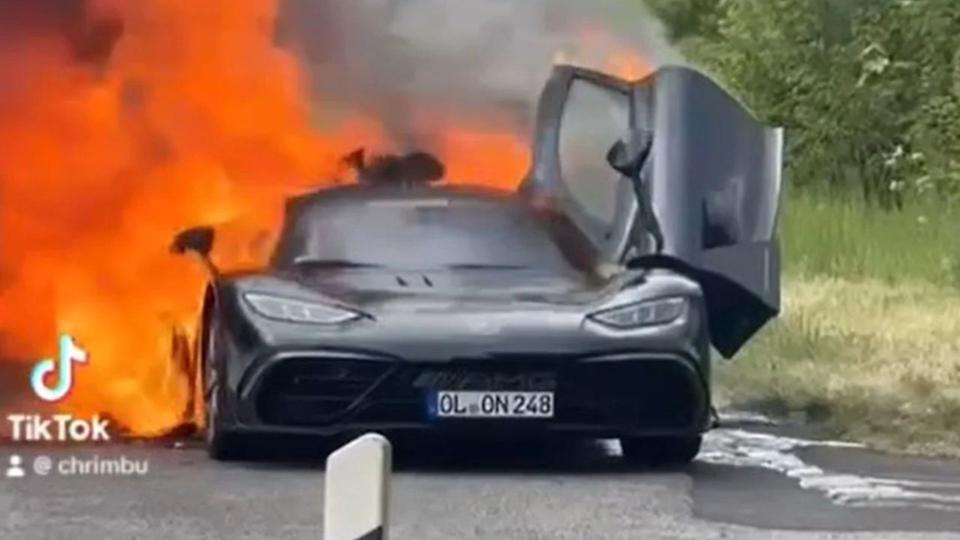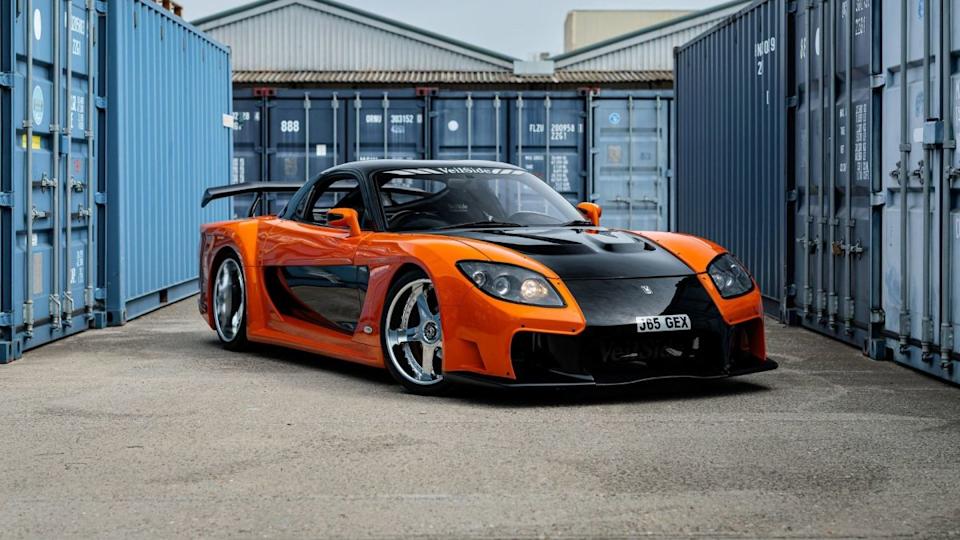GM Engineers Are Using Ex-Cruise Robotaxis to Test Hands-Free Driving Tech
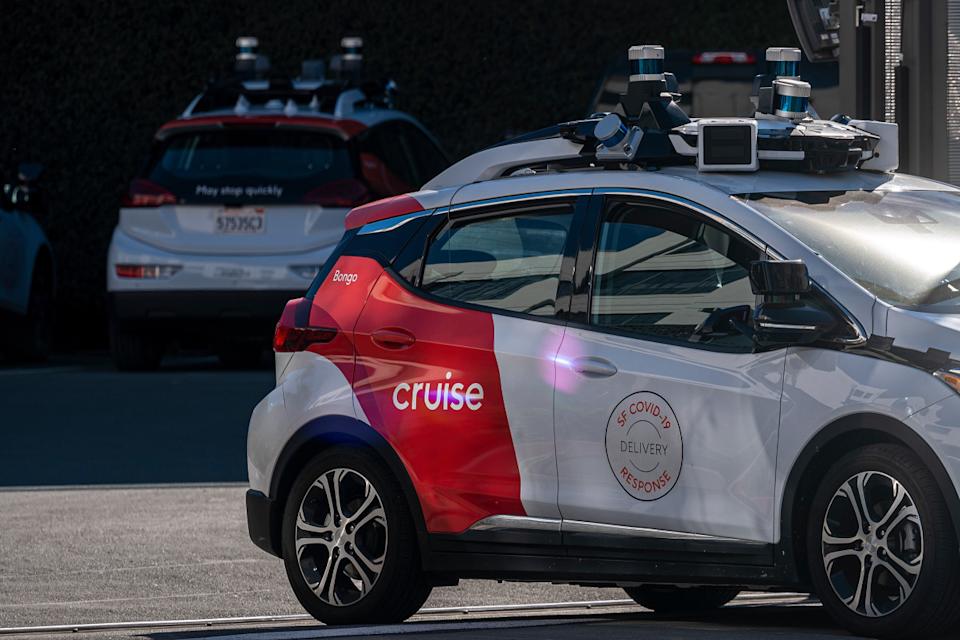
GM Engineers Are Using Ex-Cruise Robotaxis to Test Hands-Free Driving Tech originally appeared on Autoblog.
GM is using old robotaxis for new tricks
According to new reports, General Motors' Cruise robotaxis are back on the road. However, they aren't picking up passengers for fares—rather, they're there to test some groundbreaking new technology that might be in your next Chevy, Cadillac, GMC, or Buick vehicle.
In a statement to the Detroit Free Press dated July 7, the automaker confirmed that a "limited number" of Cruise's specially-equipped Chevrolet Bolts have been deployed on "select highways in Michigan, Texas, and the San Francisco Bay Area" in a limited capacity to assist in the automaker's development of Super Cruise; the hands-free driver assistance technology available on select GM vehicles for use on compatible roads.
 A Cruise vehicle in San Francisco, California David Paul Morris/Bloomberg via Getty Images
A Cruise vehicle in San Francisco, California David Paul Morris/Bloomberg via Getty ImagesThe automaker also noted that the vehicles are underpinned by a platform featuring new technology. It began testing the vehicles in Michigan and Texas in February and in San Francisco by mid-April, under the supervision of trained safety drivers who are instructed to take over control if needed.
“The internal testing with trained drivers integrates autonomous technologies with Super Cruise for simulation purposes and does not involve public passengers,” GM told Freep in its statement.
The new tests follow the shuttering of the robotaxi business
The ex-Cruise vehicles' return to the streets was first reported by Wired magazine, who noted that they spotted Bolts without "any visually apparent Cruise branding" but with roof-mounted equipment such as lidar sensors that "resembled the setup from the Cruise ride-hailing system" in the Bay Area, specifically the San Francisco-Oakland Bay Bridge and on Interstate 880 near Oakland.
Cruise was once a significant investment for the Detroit-based automaker, which sunk a hefty sum to lead what it envisioned as the future of mobility. GM first acquired a majority stake in the San Francisco-based company back in 2016, and expected it to make $50 billion a year by 2030. In reality, Cruise actually costs GM nearly $2 billion per year, totaling $10 billion since 2016.
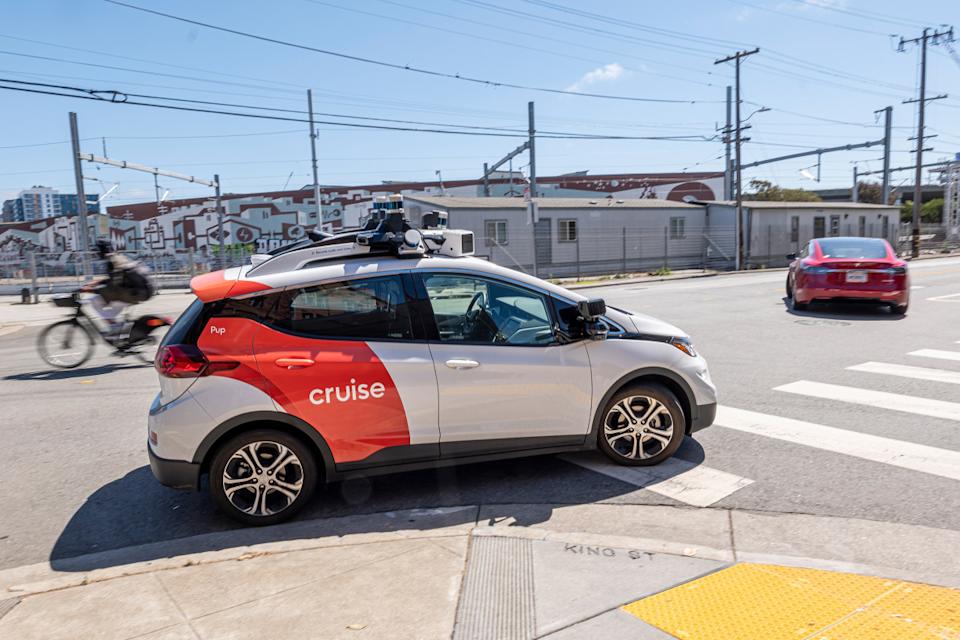 A Cruise vehicle in San Francisco, California Getty Images
A Cruise vehicle in San Francisco, California Getty ImagesAt its peak, Cruise operated in multiple cities, including San Francisco, Austin, Texas, and Phoenix, Arizona. On December 10, 2024, General Motors announced that it was shutting down Cruise operations, citing the prohibitively expensive costs of continuing to develop the technology required for robotaxis.
“We looked at the amount of money to deploy a robotaxi business and to maintain that business and grow it, it’s quite a bit of capital,” GM CEO Mary Barra told analysts shortly after the formal announcement. “A robotaxi business is not GM’s core business.”
The move came as the company inched closer to fully recovering following an incident in late 2023 in which a pedestrian was dragged approximately 20 feet underneath one of Cruise's autonomous Chevrolet Bolts on the streets of San Francisco, which led California's Department of Motor Vehicles to revoke Cruise's license to operate in the state, effectively halting driverless operations nationwide. In the aftermath, Cruise founder and then-CEO Kyle Vogt resigned, and the company laid off a quarter of its workforce and fired nine key execs.
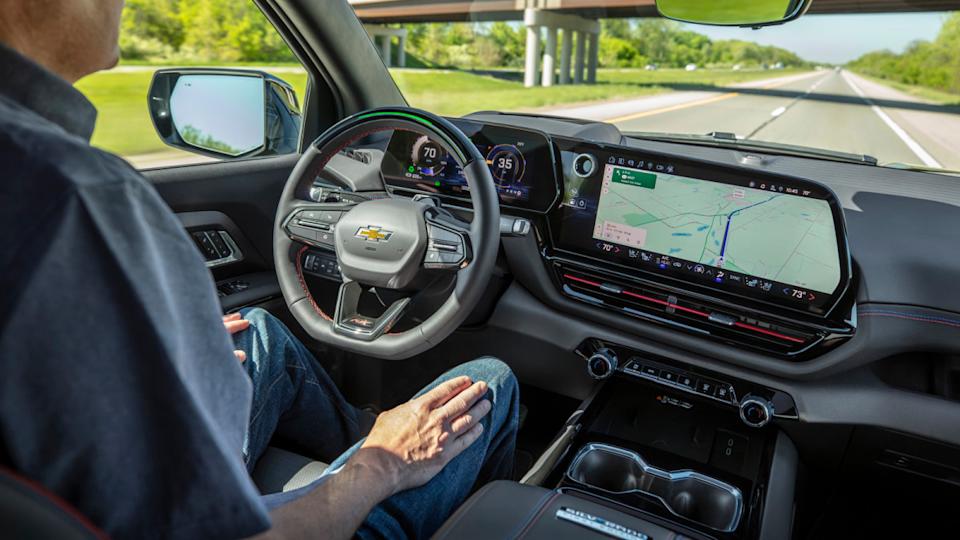 A view showing the driver using the Super Cruise hands-free system on the 2024 Silverado EV RST.
A view showing the driver using the Super Cruise hands-free system on the 2024 Silverado EV RST.Cruise tech, meet Super Cruise
When the robotaxi business folded, GM said it was combining Cruise staff with its own teams working on its proprietary autonomous driving technology called Super Cruise. Launched in 2017, GM's driver assistance system is an SAE Level 2 automation system that uses real-time cameras, sensors, GPS, and lidar-based map data to allow hands-free driving on select roads.
While the system itself can maintain speed, lane position, and even change lanes in certain areas on compatible highways, the Free Press reports that GM is currently testing an SAE Level 3 autonomous system, which is the lowest level that is still considered autonomous, as it requires a human driver to take back control of the vehicle if needed.
In its statement to the paper, GM said that the reused Cruise vehicles are equipped with hardware and software that record data to be used in developing new GM products and are not equipped with any Cruise technology. Previously, Cruise vehicles were outfitted with Level 4 autonomous technology, which allows equipped vehicles to perform driving tasks in most environments without human input.
Final thoughts
I have experienced Super Cruise before. I did not write about it in my review of the 2025 Cadillac Escalade, but I found the experience to be very impressive. Not only was it very easy to use, but my family and I were also thoroughly impressed by its 'human-like' ability to change lanes on highways like the Garden State Parkway, which we felt upped the ante on its luxury packaging.
When Cruise folded back in December, I felt that it left General Motors with a Pandora's Box of autonomous driving technology—something that could give it an edge over competitors like Tesla, BYD, Volvo, or Polestar in the AV race. Thankfully, this report shows that GM is taking that opportunity seriously and using the staff and leftover equipment for more development. It needs to because it paid nearly $10 billion for it. They need to get their money's worth.
GM Engineers Are Using Ex-Cruise Robotaxis to Test Hands-Free Driving Tech first appeared on Autoblog on Jul 9, 2025
This story was originally reported by Autoblog on Jul 9, 2025, where it first appeared.



